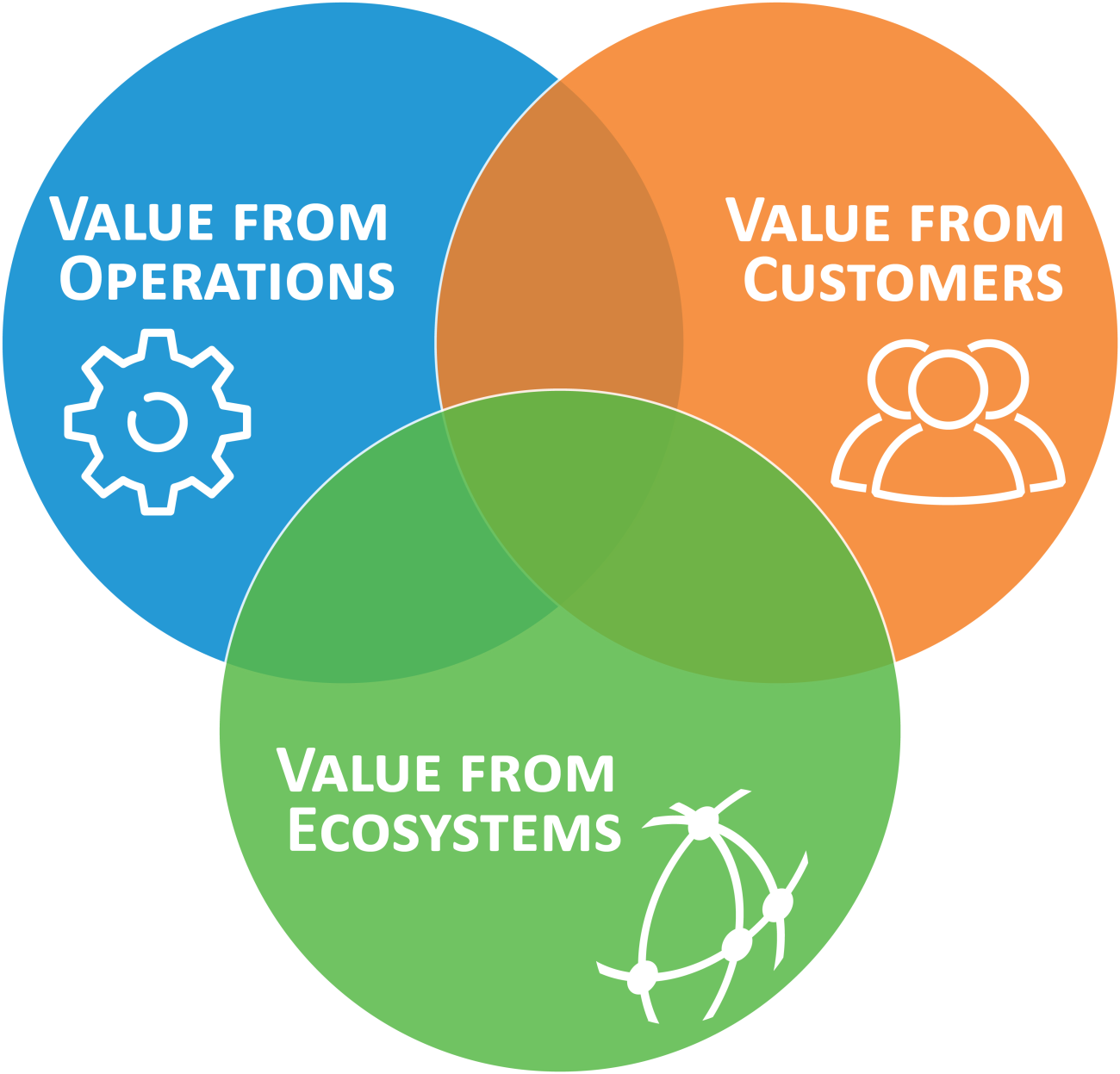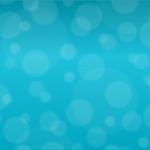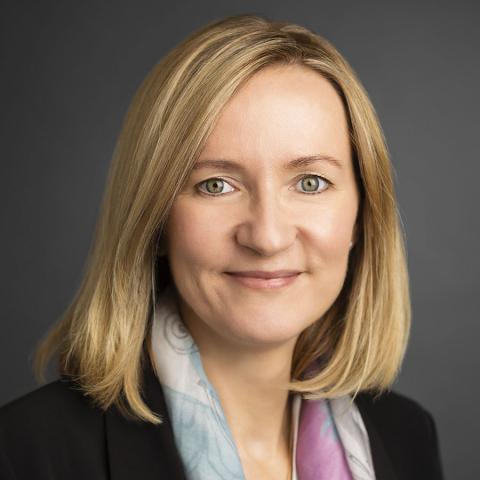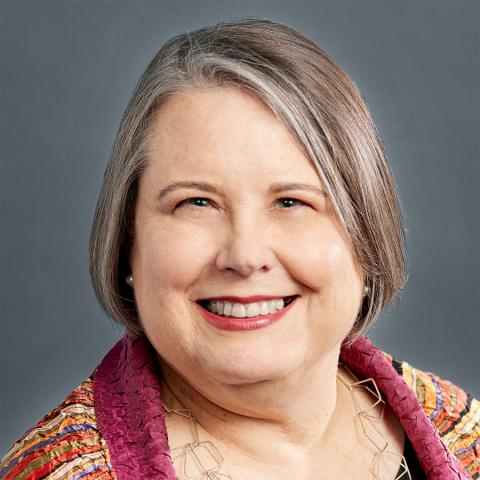Maersk’s GTD Solution Inc. and Partner IBM Build a Shipping Platform
A. P. Moller - Maersk (Maersk) is a global transport and logistics company operating in 130 countries. In 2016, Maersk began a digital transformation from port-to-port ocean carrier to integrated logistics company. The goal of one digital initiative—the Global Trade Digitization (GTD) initiative—was to resolve inefficiencies for customers by combining information about supply chain events and trade documents using blockchain, thereby creating more value from operations and customers.[foot]For more on the early stages of TradeLens, see Thomas Jensen, Jonas Hedman, and Stefan Henningsson, “How TradeLens Delivers Business Value with Blockchain Technology,” MIS Quarterly Executive 18, issue 4 (December 2019), https://aisel.aisnet.org/misqe/vol18/iss4/5/. [/foot] In an industry of point-to-point solutions, customers wanted an ecosystem solution that would manage all their containers.[foot]This case vignette is based on interviews with nine executives in 2019 to 2020 plus public sources.[/foot]
Maersk and strategic partner IBM jointly developed the platform and launched it as a commercial solution named TradeLens in December 2018. But value creation was delayed because some companies were concerned that in joining the platform they would be sharing secure data with a competitor. Maersk created the independent subsidiary GTD Solution Inc. in part to alleviate this concern. GTD Solution Inc. continues the strategic partnership with IBM through the TradeLens collaboration team, with the two companies making joint decisions on development of the platform and ecosystem.[foot]This is an example of a transformation on Pathway 4, see S. L. Woerner and P. Weill, “Update on the Four Pathways to Future Ready,” MIT Sloan CISR Research Briefing, Vol. XXI, No. 2, February 2021, https://cisr.mit.edu/publication/2021_0201_PathwaysUpdate_WoernerWeill.[/foot] Positioned as a neutral platform, TradeLens is growing. In March 2021, TradeLens has 300 ecosystem participants (up from 175 in 2020) and covers more than 50 percent of global shipping container volume.[foot]A.P. Moller - Maersk, Annual Report 2020, https://investor.maersk.com/static-files/97a03c29-46a2-4e84-9b7e-12d4ee451361.[/foot]
The first priority for GTD Solution Inc. is to create new value from operations through partnering for ocean carriers by digitizing events and trade documents. The value proposition for partners to join the ecosystem is operational efficiency through more visibility of events; and reduced costs from access to digital bills of lading, as provided by the TradeLens eBL (electronic Bill of Lading) solution. A key metric for this solution is $120 net value creation per bill of lading issued, including direct benefits, and also indirect benefits (e.g., reduced working capital requirements, improved compliance).
The second priority is creating new value from customers through partnering. TradeLens’s number of customers and usage are increasing; the platform had 100 customers in November 2020 through its three digital offerings: the core offering, and two applications related to the bill of lading (the eBL, and one for trade financiers). In December 2020, Maersk CEO Søren Skou said, “In the coming year, we will see actual revenue growth in TradeLens…. [The venture] is heading into a new phase where we truly have something we can sell.”[foot]Søren Pico, “Søren Skou expects growth from Maersk's blockchain venture in 2021,” ShippingWatch, December 1, 2020, https://shippingwatch.com/carriers/Container/article12596226.ece.[/foot] The platform is also enabling new customers, in particular smaller companies, to join international trade.[foot]A.P. Moller - Maersk, Annual Report 2019, https://investor.maersk.com/static-files/984a2b93-0035-40d3-9cae-77161c9a36e0.[/foot]
The longer-term opportunity is a go-to destination. In 2020, TradeLens reached a major milestone for value creation: five of the largest ocean carriers had joined the platform, with two of them live and conducting customer pilots.[foot]“CMA CGM and MSC Complete TradeLens Integration and Join as Foundation Carriers,” TradeLens press release, October 15, 2020, https://www.tradelens.com/press-releases/cma-cgm-and-msc-complete-tradelens-integration-and-join-as-foundation-carriers.[/foot] In the same year, GTD Solution Inc. began to partner with software companies for inland transportation. The subsidiary’s next goals are achieving a critical mass of trade financing banks and custom authorities in the TradeLens ecosystem and developing a third-party marketplace.










